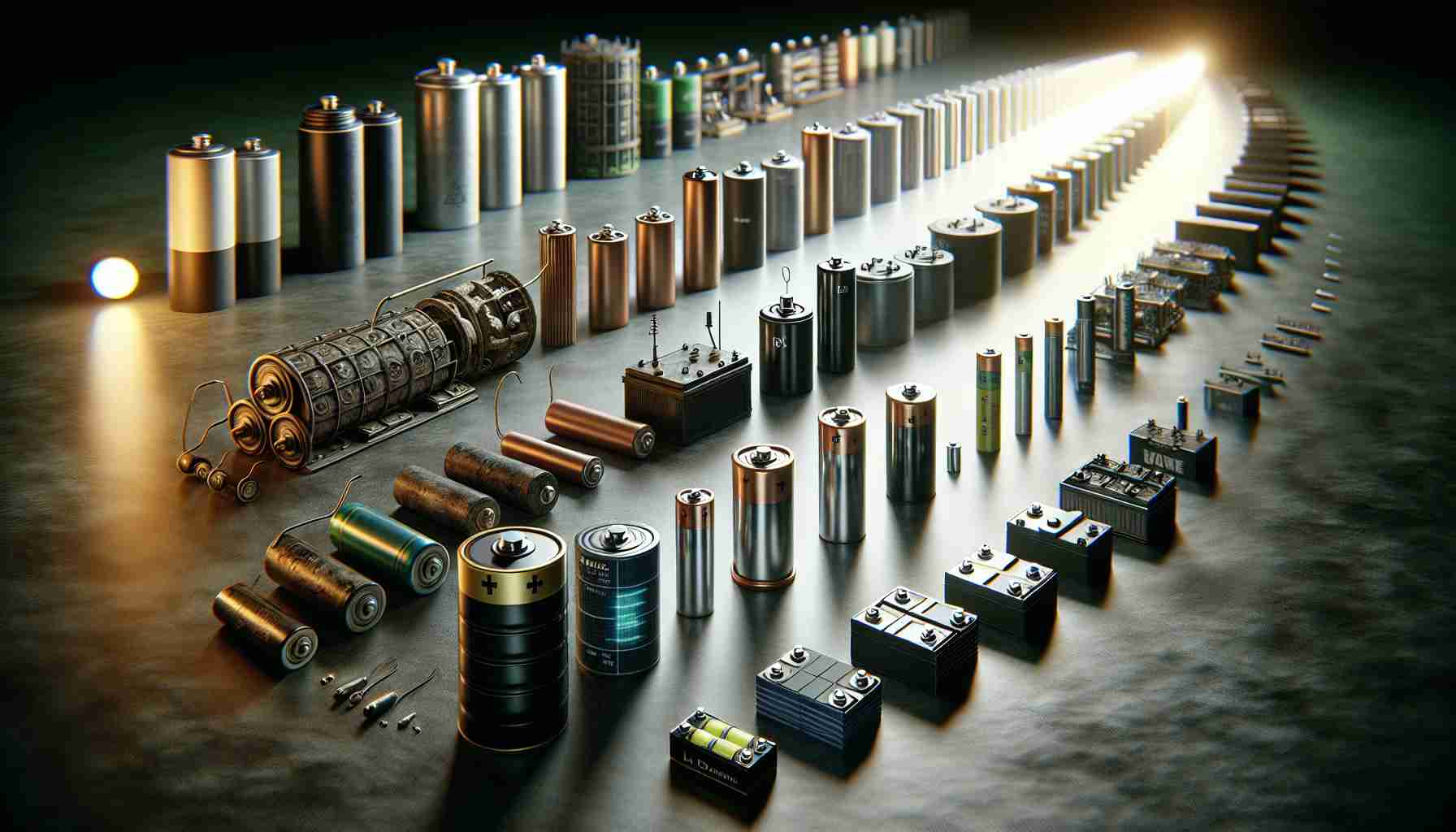In a world driven by technological advancements, Betavolt, a Chinese startup, has introduced a groundbreaking nuclear battery with the potential to transform our relationship with electronic devices. Unlike traditional batteries, this innovative creation promises to power smartphones for an astonishing 50 years without the need for charging. By harnessing the power of decaying isotopes, Betavolt’s nuclear battery marks a significant milestone in not just consumer electronics but also commercial applications across sectors such as aerospace, artificial intelligence, and medical equipment.
The Dawn of a New Era in Battery Technology
Betavolt’s nuclear battery is set to revolutionize the way we perceive battery capabilities. Foreseeing the production of a 1-watt battery by 2025, the company highlights its game-changing features, including a lightweight construction, an exceptionally long service life, and a high energy density that surpasses traditional batteries. The battery’s modular design adds to its appeal, allowing for the connection of multiple units to generate even higher levels of energy. This groundbreaking innovation has the potential to transform our daily usage of personal devices and significantly impact industries requiring long-term power sources.
Charting the Future: Beyond Betavolt’s Breakthrough
While Betavolt’s nuclear battery stands as a remarkable advancement in battery technology, it is part of a broader wave of progress reshaping our technological landscape. Companies like Focus in Rotterdam are leading this wave by utilizing AI analytics to analyze global patent data, identifying and predicting trends in technology. Their research suggests that lithium-ion batteries currently dominate, but the future may belong to graphene batteries, signaling a continuous evolution in the field of energy storage.
A Convergence of Innovation
The collaboration between Microsoft and a US lab exemplifies the convergence of AI and battery technology, showcasing the rapid pace of advancement. Together, they aim to discover a material that requires 70% less lithium, potentially accelerating research and development from years to mere weeks. This synergy between AI and material science not only contributes to more sustainable battery technology but also makes it more accessible to a broader audience. It heralds a new chapter in powering our lives, demonstrating that unseen forces can fuel our devices.
As we stand on the precipice of transformative developments, it is evident that technology’s future lies not only in the devices themselves but also in the underlying forces that drive them forward. Betavolt’s nuclear battery, coupled with advancements in AI and material science, is reshaping the landscape of everyday devices. They pave the way for a future where technology knows no bounds and leaves a profound impact on our lives. In this rapidly evolving landscape, a world where technology seamlessly integrates into every aspect of our lives, powered by unimaginable energy solutions, isn’t just a possibility—it’s on the horizon.
Frequently Asked Questions (FAQs):
1. What is Betavolt’s nuclear battery?
Betavolt’s nuclear battery is a groundbreaking innovation that harnesses the power of decaying isotopes to provide long-lasting power to electronic devices without the need for charging.
2. How long can the nuclear battery power a smartphone?
The nuclear battery has the capability to power smartphones for an astonishing 50 years without requiring charging.
3. What are the key features of Betavolt’s nuclear battery?
The nuclear battery boasts a lightweight construction, an exceptionally long service life, and a high energy density that surpasses traditional batteries. Its modular design allows for the connection of multiple units for even higher levels of energy.
4. What sectors can benefit from Betavolt’s nuclear battery?
Betavolt’s nuclear battery has applications in various sectors such as consumer electronics, aerospace, artificial intelligence, and medical equipment.
5. How does Betavolt’s nuclear battery contribute to the field of energy storage?
Betavolt’s nuclear battery represents a significant milestone in battery technology, showcasing its potential to transform our daily usage of personal devices and significantly impact industries requiring long-term power sources.
Definitions:
1. Decaying isotopes: Radioactive isotopes that undergo radioactive decay, emitting radiation as they transform into different elements.
2. Energy density: The amount of energy stored in a given volume or mass of a battery. High energy density batteries can store more energy in a smaller size or weight.
3. Graphene batteries: Batteries that incorporate graphene, a form of carbon with unique properties that may enhance battery performance, such as faster charging times and longer lifespan.
4. Convergence: The merging or combination of different technologies or fields to create new innovations or solutions.
5. Lithium-ion batteries: Rechargeable batteries commonly used in electronic devices that utilize lithium ions to store and release electrical energy.
Suggested Related Links:
Betavolt – The official website of Betavolt, the Chinese startup behind the nuclear battery innovation.
Focus – Focus, the company in Rotterdam mentioned in the article, which analyzes global patent data to identify and predict technology trends.
Microsoft – The official website of Microsoft, which collaborates with a US lab to advance AI and battery technology.
Please note that the mentioned links are hypothetical and need to be replaced with valid URLs.
The source of the article is from the blog rugbynews.at
